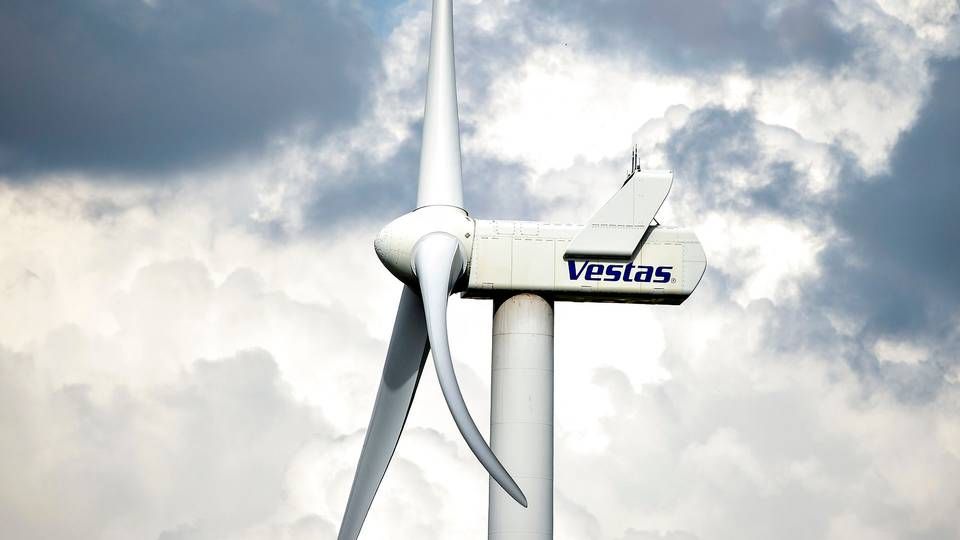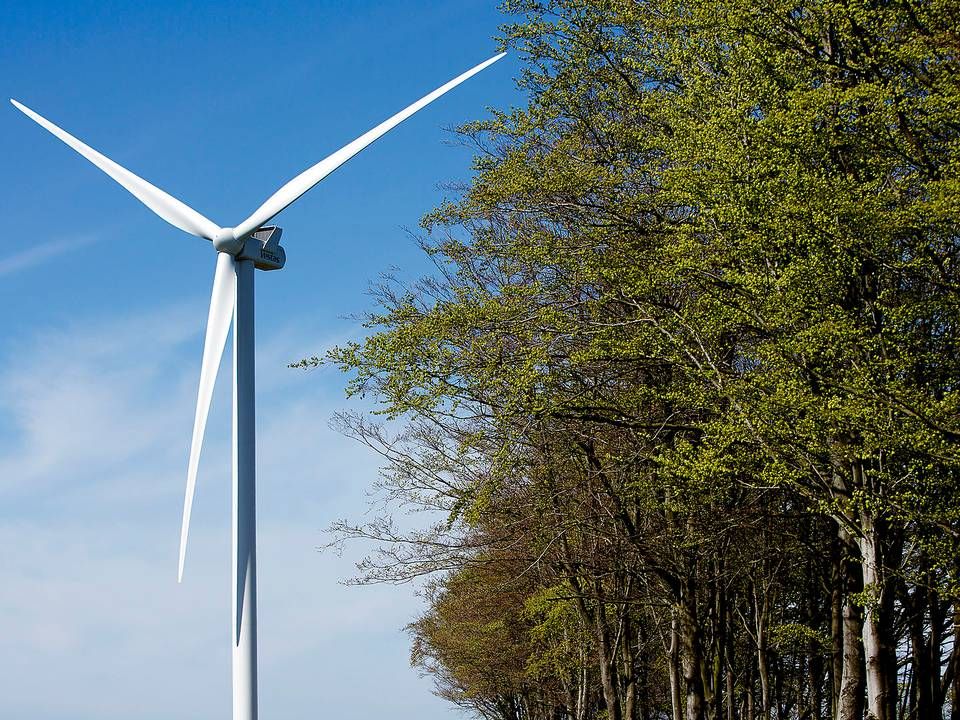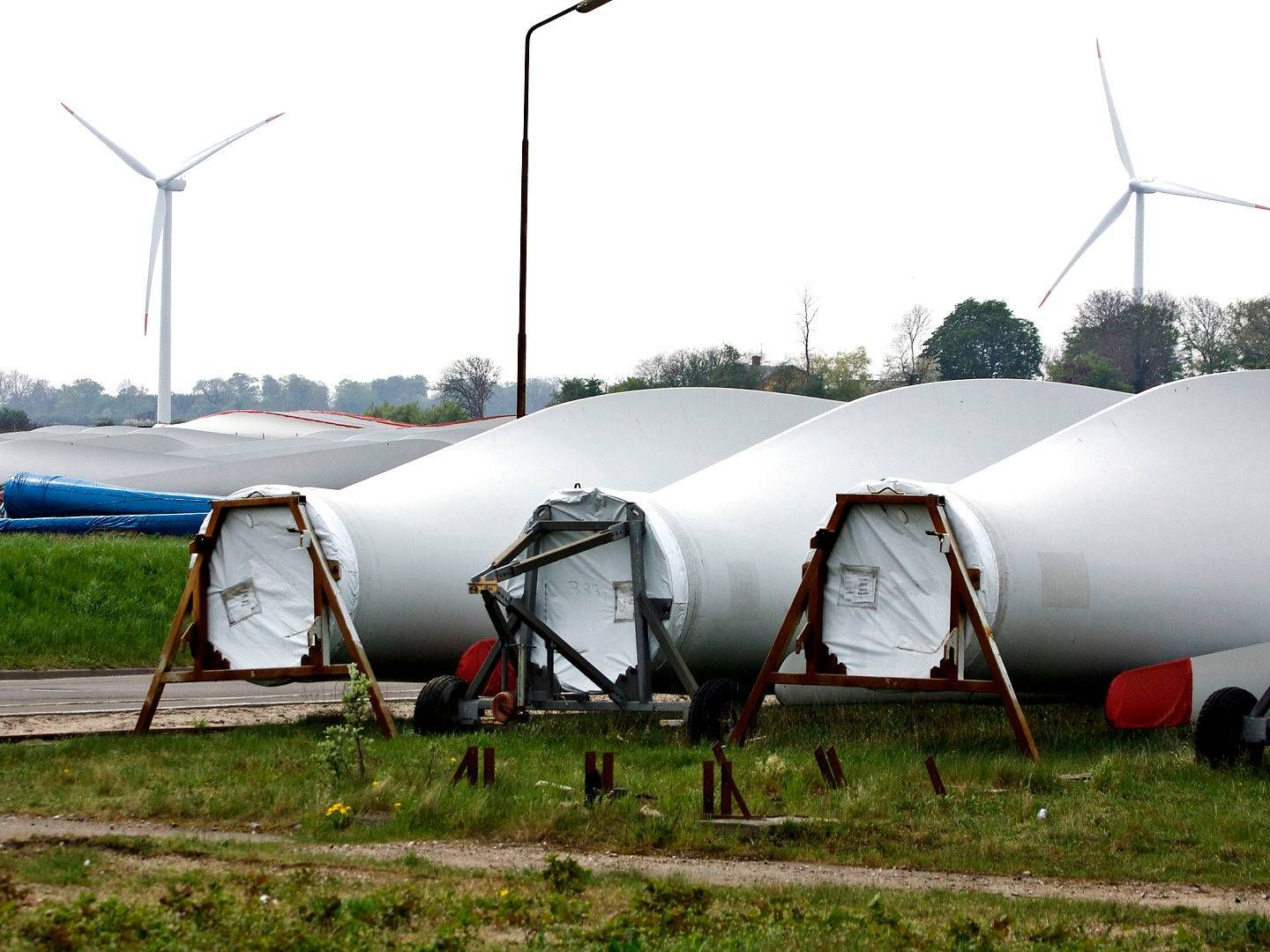Vestas ready to eat higher costs

Seeing a connection between a pre-tax deficit of DKK 800 million (EUR 107.2 million) and the current corona crisis both taking place in the first quarter of 2020 seems rather obvious.
In reality, however, Vestas has not been so severely impacted by unexpected issues tied to the pandemic as one might readily assume.
The quarter actually progressed more or less as forecast, says Vestas Chief Financial Officer Marika Fredriksson. Because even though only the fewest observers noticed – analysts indeed estimated a small quarterly profit – the interim report for this year's first three months would still have been marred by delays from late last year. The coronavirus has only compounded the company's problems.
"We don't see a downturn in our business, we see a weaker Q1 performance that was more or less in line with our expectations," the CFO says and notes that the market had been warned that early 2020 would be worse than the rest of the year.
"We are still aiming for what we said after the fourth quarter and continue business as normal as we can considering the circumstances."
No indications of missed target
Vestas did indeed withdraw its annual outlook last month. That, though, is not analogous to the OEM losing confidence in closing the year with an adjusted operating margin of 7-9 percent and revenue of EUR 14-15 billion. This will, "based on Vestas' current estimate", still be possible to achieve, while the initially planned Capex budget of EUR 700 million is now likely to be downgraded.
"Now we're in the middle of the second quarter, for which we have fine visibility, while Q1 went largely as expected. We are conducting monthly analyses and prognoses, and nothing indicates that we can't hit our targets," Fredriksson says.
This doesn't mean that Vestas is not feeling pressure from the pandemic. Throughout the year, the company's in-house production was first hobbled in China and since in countries like Spain and India, just as the OEM's plants in Brazil remain impaired by partial lockdown.
Eats high price and keeps on bustling
Although beyond operating even more than normally by the grace of politicians, the turbine manufacturer is also highly dependent on the delivery capabilities of its subsuppliers. That's why Vestas isn't quite ready to reintroduce its 2020 guidance – just like the CFO also acknowledges that living up to this year's enormous execution targets will be a costly affair.
"The further we get into the year, the greater the visibility. No one knows what will end up happening. We must focus on what will occur, so we will have to accept the fact that costs might exceed expectations. That's what we're doing, so we're bustling ahead to execute as much as possible," she says and continues:
"I don't think there's a choice, because we also want to have customers after corona. But I also think there's a lot of acknowledgment of the overall situation, and we're in continuous dialog with all parties. It's in no one's interest to make things more difficult for each other."
Everyone must prioritize
Vestas has not experienced that its subsuppliers exploit scarcity to shamelessly inflate prices. Similarly, nor has the wind turbine producer, despite factory closures, been affected by internal or external component shortages. Even so, there's plenty of pressure.
"This is an area where everyone has to prioritize and allocate. Until this point, there haven't been any awful catastrophes, but things will certainly process according to normal expectations in a year as busy as this," she says.
To an equally high degree as component production, the problem is one that impacted Vestas already prior to the pandemic: logistics.
Airborne problems
The trade war between the US, China and a series of other Asian countries had already made it necessary to find new transport routes. Covid-19 hasn't changed this situation. Although the virus has resulted in even further difficulties in transporting specialists and components.
"One of our supply chain problems is that we used air transport for certain materials and small parts. But there aren't any planes flying at the moment. So, the already-demanding process of rerouting things has only become compounded by corona," Fredriksson says.
"Like I said in the beginning of the year, it's all about planning. And our change of plans this year is expensive, and costs will rise even more because of corona."
There are many convincing reasons for living up to one's agreements. Beyond ensuring amicable customer relations, it's also based on the simpler aspect of complying with contractual obligations. Even though only the fewest customers receive news of delays with smiles, that sort of thing can be more serious in some places than others.
Early days in the US
This certainly also applies to Vestas' largest market, the US, where projects totaling many gigawatts must be complete by the end of the year for developers to qualify for 100 percent of the production tax credit (PTC) subsidy scheme built into their business models and with an estimated value of USD 24 per MWh.
That's also why the development of the US market is being closely monitored in these times. In Q1'20, the Danish company delivered turbines with a combined effect of 523 MW to customers in the US – which is a quarter less than delivered volumes from the same period last year. This, though, doesn't follow from any noteworthy delays, the CFO assures.
"We haven't seen anything specific thus far. But it's still too early to say how it all will end. The world is slowly beginning to reopen, but it's also fair to say that we'll end up taking on extra costs because of corona," says Fredriksson, who hasn't yet witnessed any projects in the US where coveted installation cranes haven't rolled on to their next jobs without complaints being filed for the lack of erected wind turbines.
"We're big and, naturally, have a large network, and we are good customers for many. So, we try to hold on to that and make sure to honor all our commitments – both in terms of suppliers, clientele and staff."
English Edit: Daniel Frank Christensen
Vestas lands in a quarterly hole EUR 107 million deep
Vestas-equipped Swedish wind farm goes online
MHI Vestas signs second localization deal in Taiwan
Vestas' Nordic wind farms delayed
Related articles
Vestas lands in a quarterly hole EUR 107 million deep
For subscribers
Vestas-equipped Swedish wind farm goes online
For subscribers
MHI Vestas signs second localization deal in Taiwan
For subscribers

.jpg)

















.jpg&w=384&q=75)





